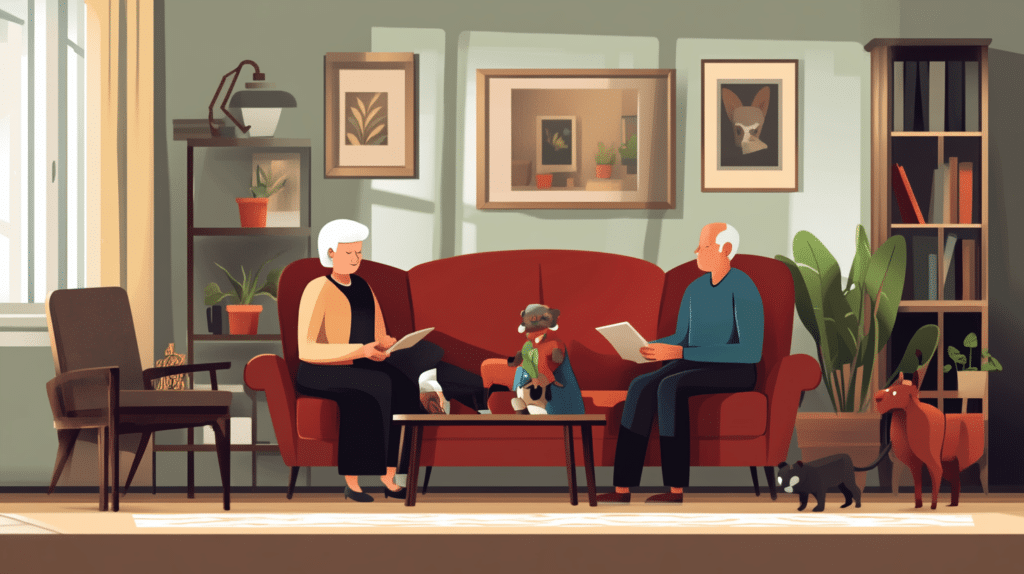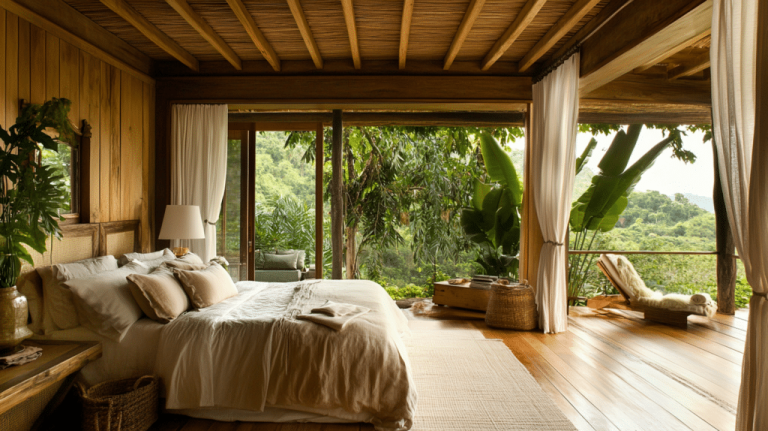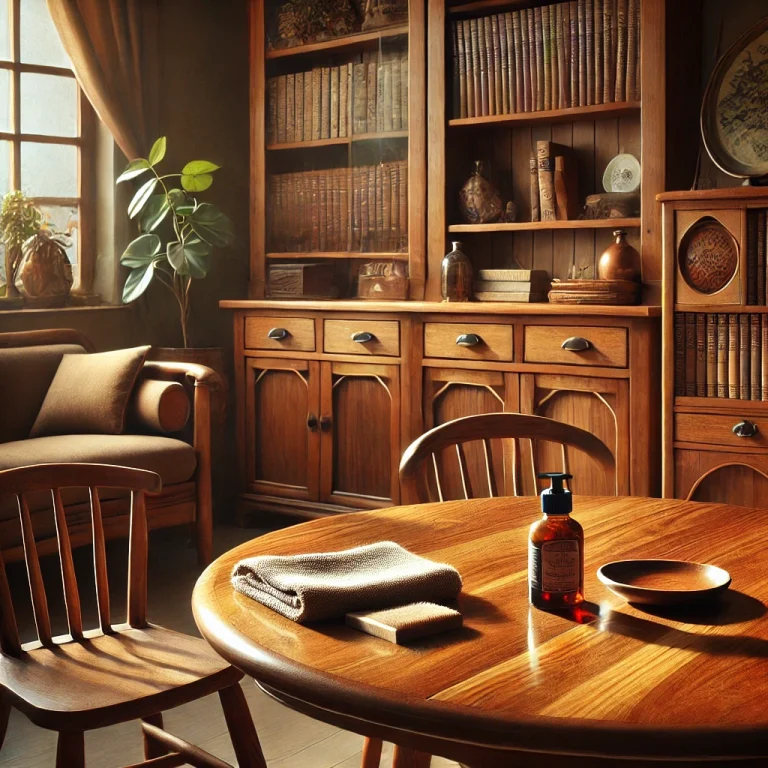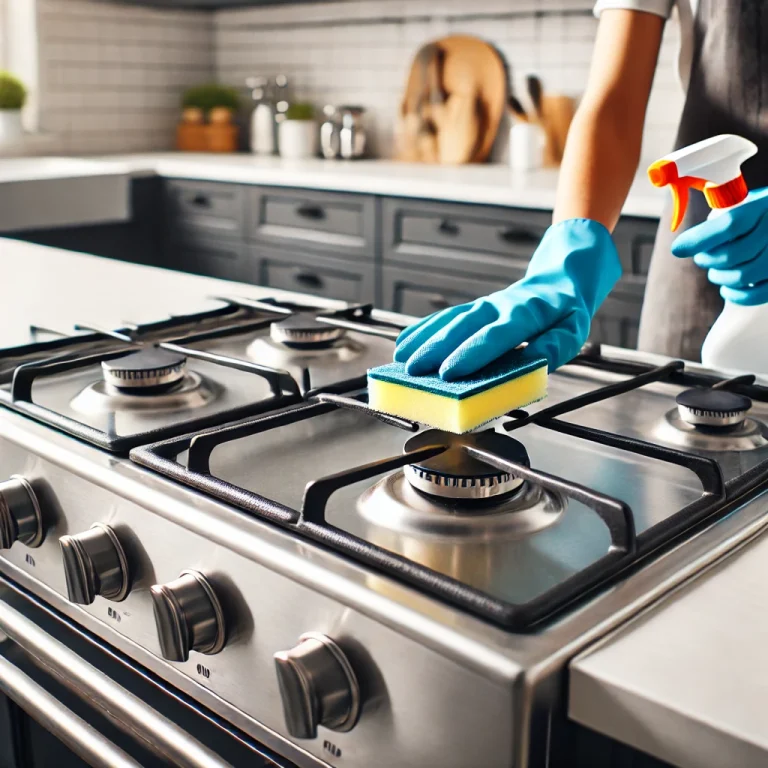How to Create a Safe Space When Living with Your Elderly Parents – 8 Tips
As our parents age, their needs evolve, and ensuring their safety and comfort becomes a priority. Living with elderly parents requires adjustments to the home environment to make it safer, more accessible, and comfortable. Here are some essential tips to create a safe space when living with elderly parents.
1. Modify the Home for Accessibility
Elderly individuals may have mobility challenges, making accessibility a crucial factor in home design. Consider these modifications:
- Install grab bars in the bathroom near the toilet and shower.
- Ensure hallways and doorways are wide enough for mobility aids like walkers or wheelchairs.
- Replace stairs with ramps or install stairlifts if necessary.
- Use non-slip mats and remove loose rugs to prevent falls.
2. Improve Lighting
Poor lighting increases the risk of falls and accidents. Enhance visibility by:
- Installing bright LED lights in hallways, staircases, and bathrooms.
- Adding motion-sensor lights to key areas like entrances and pathways.
- Placing nightlights in bedrooms and hallways for easy navigation at night.
3. Ensure a Comfortable and Clutter-Free Environment
A clutter-free space reduces the risk of falls and promotes peace of mind. Organize the home by:
- Keeping frequently used items within easy reach.
- Avoiding excessive furniture that may obstruct pathways.
- Securing loose cables and wires along walls or using cable covers.
4. Create a Senior-Friendly Bathroom
The bathroom can be a hazardous place for seniors. Increase safety by:
- Installing a walk-in bathtub or shower with seating.
- Using non-slip mats and applying anti-slip coatings to tiles.
- Ensuring the toilet seat is at a comfortable height.
- Keeping toiletries and towels within easy reach.
5. Enhance Safety in the Kitchen
The kitchen should be adapted to make cooking and dining easier for elderly parents:
- Store commonly used utensils and ingredients at waist level to reduce the need for bending or reaching.
- Use appliances with easy-to-read buttons and automatic shutoff features.
- Install lever-handled faucets for ease of use.
6. Encourage Independence While Offering Support
Elderly parents often appreciate maintaining their independence. Support their autonomy by:
- Providing assistive devices like walkers or grabbers.
- Allowing them to participate in daily activities within their ability.
- Ensuring they have easy access to emergency assistance, such as wearable medical alert systems.
7. Foster Emotional Well-Being
Safety isn’t just about physical adjustments; emotional well-being is equally important. Encourage a positive atmosphere by:
- Creating a comfortable personal space for them.
- Encouraging social interaction through family gatherings and visits.
- Providing entertainment options such as books, puzzles, or television programs they enjoy.
8. Stay Prepared for Emergencies
Having a plan for medical or other emergencies is essential. Be proactive by:
- Keeping emergency contact numbers easily accessible.
- Ensuring smoke and carbon monoxide detectors are functional.
- Preparing a first aid kit and keeping it in a known, accessible location.
- Discussing emergency plans with all family members.
Conclusion
Creating a safe space for elderly parents is an ongoing process that requires regular assessment and adjustments. By making the home more accessible, enhancing safety features, and fostering emotional well-being, you can provide a comfortable and secure environment that allows your parents to maintain their dignity and quality of life. Small changes can make a significant difference in their daily comfort and your peace of mind.
For More Articles: theflixhq.com






